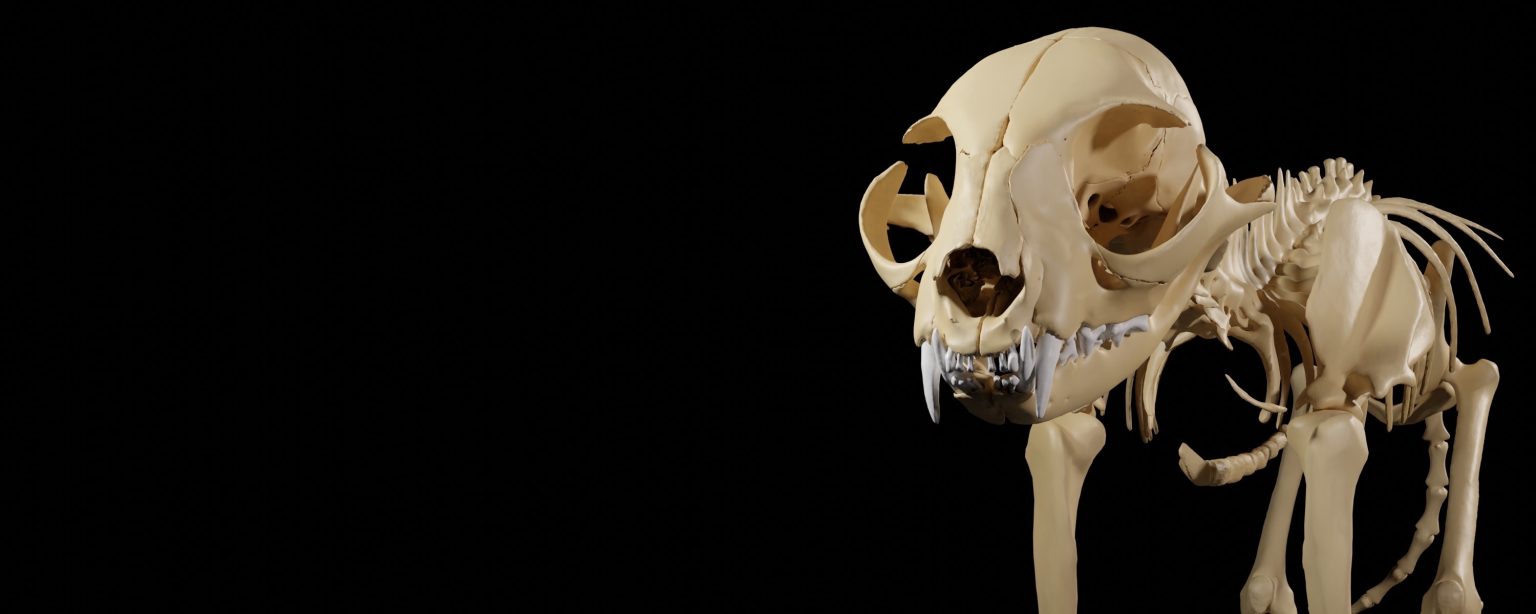If you’ve ever taken a close look at an air conditioning (AC) system, you may have noticed a broad, flat sheet of shiny, thin metal bands. Especially on the outer wall of those AC box units that hang partially out of windows. This sheet of thin metal ribbons are part of the evaporator coils, which is where energy is sapped from air as it blows through (“heat exchange”), causing the temperature of the air to decrease as it is blown out of the AC unit on the other side. The key to quick and efficient heat exchange is maximizing the surface area since the exchange happens at such a small scale. The more surface area, the more sites for heat exchange.
While humans have only been using AC for just over 100 years, animals have been using a similar system for heat exchange for millions of years. We created this animation of a cat ethmoid bone to show one example of the impressive heat exchange systems found in animals. The ethmoid bone forms part of the nasal cavity and sinuses in animals (including us) and the parts that make up the wall of these cavities are covered by thin nasal epithelia. However, in certain mammals, such as cats, the ethmoid has evolved an incredibly convoluted and labyrinthine shape that increases the total surface area of the nasal mucosa that covers it (called the nasal turbinates). The result is an effective heat exchange system.
If an animal with turbinates becomes too hot, they can increase the flow of warm blood to nasal mucosa overlying the ethmoid and increasing the rate of respiration through the nasal cavity. The cooler air entering the nasal cavity is drawn over the complex folds of the ethmoid, drawing the heat out of the blood. The blood that leaves the nasal mucosa is then cooler than when it entered and can be circulated throughout the body to lower the body temperature. In this way, these turbinate bones of the ethmoid act as a natural air conditioning system. By creating an animation that shows the cat skull with partial transparency, revealing the ethmoid inside, we show how much fascinating anatomy exists beneath the surface of animals we interact with in our daily lives.
Segmentation and digital assembly by: J.D. Laurence-Chasen, PhD
Digital design and rendering by: Aaron Olsen, PhD
Micro CT data provided by: Callie Crawford, PhD
Software used: 3D Slicer for segmenting; Blender for digital design and rendering
License: CC BY-NC-SA 3D Anatomy Studios


